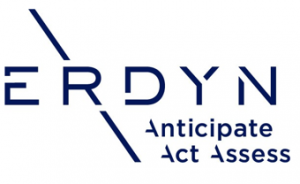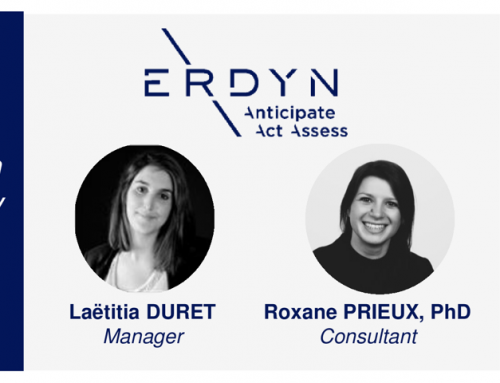

Overview
Machine Learning, an ever-expanding frontier of research, holds tremendous potential for the future. Its versatile applications span across all facets of human activity, ushering in a new era of enhanced quality in healthcare. Machine Learning is poised to be the linchpin of future medicine, offering a plethora of advancements such as assisted surgeries, remote patient monitoring, intelligent prostheses, and personalized treatments, all powered by the amalgamation of vast datasets (big data) and sophisticated algorithms.
In this dynamic landscape, researchers are actively exploring a myriad of approaches and techniques. From natural language processing and ontology construction to data mining and streamlined algorithms, a wide spectrum of tools is being developed to harness the transformative power of Machine Learning. However, amidst this technological marvel, it is imperative for the public to grasp the inner workings of these systems, discerning their capabilities and limitations.
The notion of an all-knowing, omnipotent robot, often associated with AI, remains a distant vision. Tomorrow’s reality will not feature such omnipresence. Instead, we find a harmonious blend of human expertise and AI advancements. While numerous universities and companies invest heavily in AI for healthcare, heralding it as the future of medicine, it is essential to pause and contemplate its role.
Can AI replace or eliminate the need for human presence entirely? The answer lies in the synergy between technology and human touch. AI in healthcare is a powerful tool, augmenting medical professionals and streamlining processes, but it cannot supplant the irreplaceable human connection.
Compassion, empathy, and the intricate nuances of patient care are facets of medicine where human presence remains indispensable.
In conclusion, AI is a pivotal component of the future of medicine, enhancing diagnosis, treatment, and patient care. However, it is not a standalone panacea. The future of healthcare is a harmonious partnership between the capabilities of AI and the invaluable human touch, ensuring that patients receive not just treatment but also the warmth and understanding that only humans can provide.

Machine Learning Main Therapeutic areas:
Cardiovascular Mental Health
Neurology and Psychiatry
Endocrinology
Pulmonology
Rheumatology
Oncology
Infectious (Bacteriology, virology, parasitology, etc.)
Machine learning stands poised to unlock substantial value in the realm of healthcare, offering a
multitude of promising applications. The field of medicine encompasses four fundamental pillars,
each of which holds immense potential for enhancement through machine learning: diagnosis,
prognosis, treatment, and prevention.

The digital transformation of healthcare functions has ushered in a new era, enabling the adoption of cutting-edge technologies to revolutionize healthcare delivery. At its core, machine learning operates by mastering tasks through the analysis of examples or observations, continually reflning its performance as it executes predeflned tasks.
Machine learning’s application in the realm of healthcare is not a recent development; it has been steadily gaining momentum across both the public and private sectors. This surge is made possible by the vast reservoirs of health data available in various forms. These data sources range from structured datasets like electronic medical records to unstructured data encompassing clinicians’ notes, reports, discharge summaries, medical images, as well as audio and video recordings.
The convergence of machine learning and healthcare is a testament to the limitless possibilities created by the digital transformation, promising to enhance the quality and efficiency of healthcare services.
Facts
In 2021, the artiflcial intelligence (AI) in healthcare market was worth around 11 billion U.S. dollars worldwide. It was forecast that the global healthcare AI market would be worth almost 188 billion U.S. dollars by 2030, increasing at a compound annual growth rate of 37 percent from 2022 to 2030.
- 1/5 of healthcare organisations in adoption stage.
- <10% of HCPs employ AI.
- Mostly used AI software is related to healthcare data integration and natural language processing (NLP).
- Main intended users: Clinicians and Providers.
In Europe, it was estimated that a physician’s working time was approximately used 50-50 between treating patients and administrative tasks. However, with the implementation of AI in healthcare, it was forecast physicians would be able to spend almost 20 percent more of their time on patients because the time burden of administrative tasks would be reduced.
Furthermore, it was forecast that nurses would be able to spend around eight percent more of their time with patients due to the reduction in time expended on administrative and regulatory activities.
ERDYN and Machine Learning

Erdyn’s global reach is more than a network; it’s a strategic advantage. Our extensive international network of Technology Transfer Offices (TTOs) is a testament to our commitment to excellence in the field of Health Sciences. Within our meticulously curated TTO database, we proudly maintain contact details for 894 dedicated experts across 741 TTOs.
Our journey in machine learning is a story of evolution and mastery. With a wealth of experience, we’ve honed our scouting abilities, elevated project maturation processes, and perfected the art of coordination and development. Erdyn’s machine learning prowess has left an indelible mark across diverse pharmaceutical landscapes, transcending various therapeutic domains. Our track record speaks volumes, and our innovative machine learning solutions have made a substantial impact on the pharmaceutical industry.
References
*AI in healthcare market size worldwide 2030 | Statista.
This article was based on Erdyn Internal References.
Contact Information







